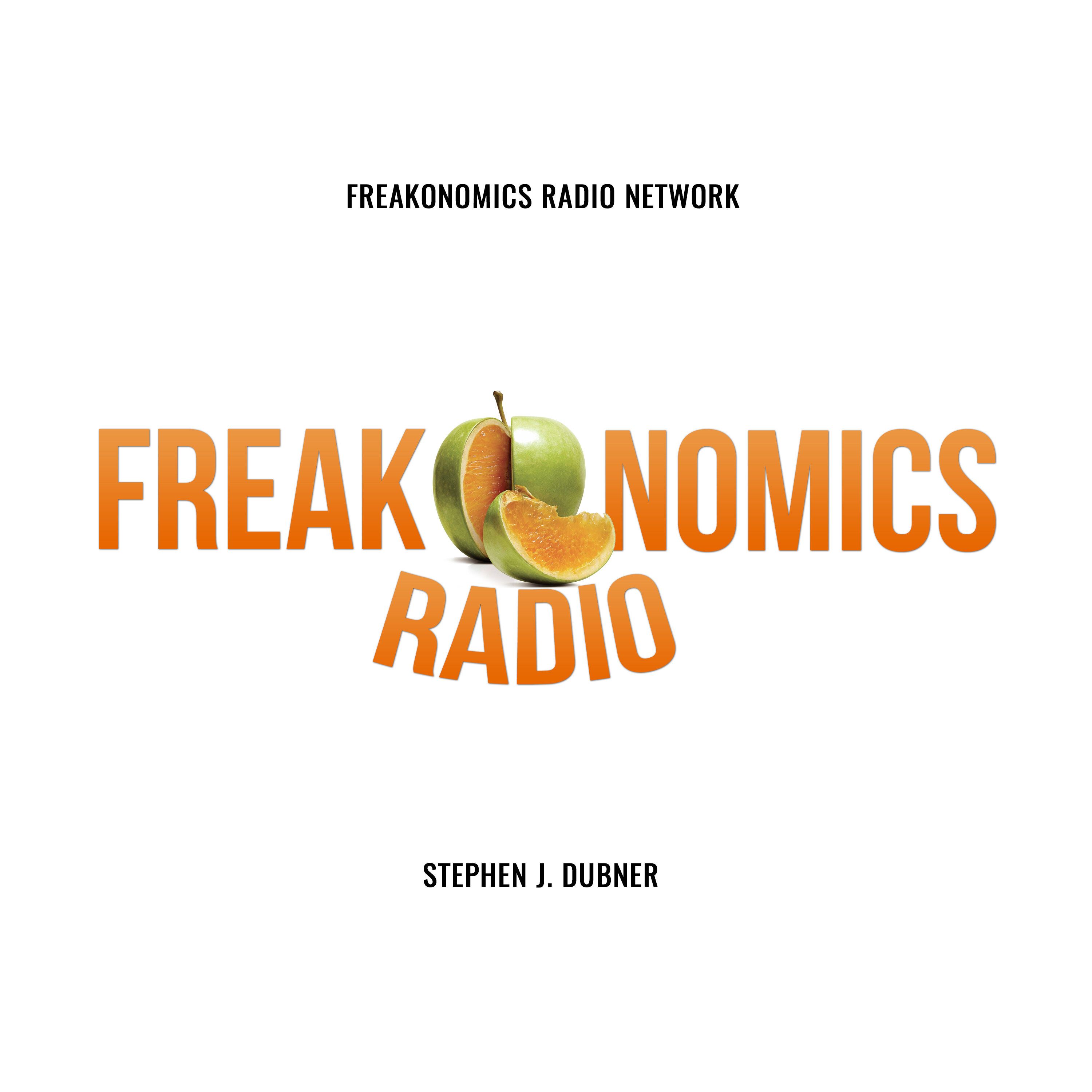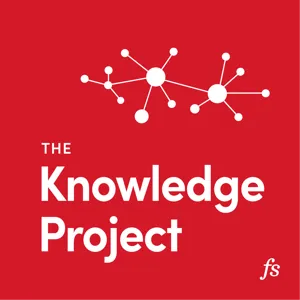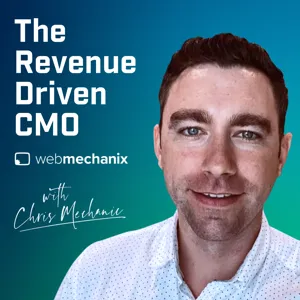Podcast Summary
The Effectiveness of Advertising Explored: Despite global spending on advertising, there's no evidence to prove its causal impact on sales. Targeting ads around big-selling days may be a more effective strategy than blindly spending on advertising.
Advertising may not be as effective as companies think. Despite spending more than half a trillion dollars globally on advertising, there are no randomized experiments to prove the causal impact of ads on sales. An economist at the University of Chicago was once called in by a retailer that spent almost a billion dollars a year on advertising but didn't know if it worked. The company's PowerPoint slides seemed to show the value of advertising, but the economist was skeptical. The company's TV ads were found to be more effective than their newspaper ads, but they only advertised on TV three times a year - before Father's Day, on Black Friday, and in the lead up to Christmas - because it was too expensive. Targeting ads around big-selling days may be a more effective strategy than blindly spending on advertising.
The Imperfections of Firms in a Profit-Oriented World: Questioning conventional beliefs and rigorous experimentation through testing can help businesses avoid ineffective resource allocation.
In the world of business, the traditional view is that firms are profit-maximizing animals. However, the reality is that firms are made up of people who bring their everyday foibles and shortcomings to work with them. This was demonstrated when a company spent $200 million per year on newspaper ads that turned out to be ineffective. When economist Steven Levitt proposed running a randomized experiment to test the ads, the company refused out of fear of discovering they had wasted money for the past 15 years. This scenario highlights the importance of questioning conventional wisdom and the need for rigorous testing to ensure that resources are being used effectively.
The Effectiveness of Advertising: TV vs. Digital and Niche vs. Mass-Reach Propositions.: Advertising can be difficult to prove effective, with TV and digital advertising methods differing in effectiveness. Targeted advertising works better for niche products, but the cost of advertising for consumers remains uncertain.
Advertising may work, but it's difficult to prove its effectiveness. Keith Weed, a pro-advertising advocate, believes that companies wouldn't spend so much money on advertising if they didn't believe it worked. However, the way people consume media varies greatly by country, so advertising dollars are shifting from TV to digital. Despite this shift, TV advertising is still important for building mass-reach propositions. Targeted advertising is more effective for niche products, like premium wax for surfboards. Ultimately, consumers end up paying for advertising, and it's unclear whether the costs are justified by the benefits.
The Advantages and Limitations of Digital Advertising: Digital advertising offers businesses the ability to target specific audiences and measure advertising effectiveness, but over-investment may not always lead to profitability. Understanding the impact of advertising on consumer behavior remains essential for businesses.
Digital advertising allows businesses to target specific audiences rather than just mass markets, which is still the domain of traditional advertising methods. The quality of advertising measurement has vastly improved over the years, both through internal and external means. Companies like Unilever have focused on building brands with purpose, hoping to gain a competitive edge. However, conflicting studies from academic researchers suggest that over-investing in advertising may not always be the most profitable approach. Despite advertising's long history, there is still much to be uncovered and understood about its impact on consumer behavior.
Measuring Advertising Impact Using a Border Strategy: Anna Tuchman's border strategy compares neighboring TV markets to measure the impact of advertising, such as e-cigarettes, which have been banned from traditional advertising since 1971. Data collection and analysis are crucial to understanding advertising impact.
Measuring the impact of advertising requires data, but firms don't randomly assign advertising which makes it difficult for outside researchers to study. Anna Tuchman uses a border strategy to measure advertising, where neighboring TV markets with similar demographics are compared to trace out the variation in purchases and ad exposure. This strategy was used to investigate the impact of TV advertising for e-cigarettes, a product that some people consider to be a safer alternative to traditional cigarettes, which have been banned from TV advertising since 1971.
The Impact of E-cigarette Advertising on Tobacco Sales: E-cigarette advertising boosts e-cigarette sales but also decreases tobacco cigarette sales. A ban on such ads could result in selling 130 million more tobacco cigarette packs annually in the US. The ROI of TV advertising remains unknown.
A study on e-cigarette advertising from 2010-2015 revealed that such ads led to an increase in e-cigarette sales, but surprisingly, also caused a decrease in sales of tobacco cigarettes. A ban on such ads could lead to the sale of approximately 130 million more packs of cigarettes each year in the U.S., thus indicating the efficacy of TV advertising for new products. However, the return on investment (ROI) for such ads remains unknown, as the study did not measure advertising costs. Anna Tuchman, the researcher behind the study, hopes to find a benchmark for evaluating the ROI of TV advertising.
The Effectiveness of TV Advertising: A Meta-Analysis: Recent research suggests that TV advertising may be much less effective than previously thought, with only a small increase in sales for every increase in ad spending. There may be a bias towards publishing positive results in this industry.
A benchmark in marketing literature suggests that advertising is highly effective with an average ad elasticity of 0.15 or 0.2, indicating a substantial increase in sales. However, recent research in different product categories shows that TV advertising may be 15 to 20 times less effective with an ad elasticity of only 0.01, indicating a meager 1% increase in sales for every 100% increase in ad spending. Most earlier research projects were individual case studies, and meta-analyses may have biased data collection towards published studies of advertising effectiveness. There is a concern that null results showing the ineffectiveness of advertising may not be published due to the perceived profitability of firms spending billions of dollars on TV advertising.
Overcoming Challenges in Measuring Ad Efficacy for Academic Research: To accurately measure ad effectiveness, researchers need two sets of data: ad spending and product sales. Utilizing available resources like Nielsen data can provide a more comprehensive analysis, but the challenge of collecting and merging data highlights the importance of adapting to a data-rich era.
Established conventional wisdom can be difficult to dislodge, especially in academic journals. Researchers must navigate the file-drawer problem and potential skepticism from reviewers. To measure ad efficacy, two sets of data are necessary: ad spending and product sales. Tuchman and her team used Nielsen data to conduct a massive empirical analysis of more than 288 of the top consumer-packaged-goods brands from 2010 to 2014. This data allowed for a more comprehensive analysis of ad effectiveness than previous individual case studies. The challenge of collecting and merging this data highlights the data-rich era we live in and the importance for academics to utilize available resources.
The Myth of TV Advertising's Effectiveness: Why Brands Overspend and Underperform.: Despite evidence, brands overspend and underperform on TV advertising. Doubling ad spending only leads to a 1% increase in sales for consumer-packaged goods. Companies need to re-evaluate their advertising strategies for optimal profits.
Many successful brands have chosen not to advertise on television, demonstrating that TV advertising may not be as effective as the industry believes. A recent study found that doubling advertising spending only led to a 1% increase in sales for consumer-packaged goods, and most brands are overinvesting and earning a negative return on investment from advertising. Despite this evidence, many companies continue to overspend on advertising. This raises the question of why modern capitalist companies, which aim to optimize profits, are making this fundamental economic mistake.
The Challenges of Measuring Advertising Effectiveness: Measuring advertising effectiveness is difficult due to factors such as the principal-agent problem and endogeneity, which can lead to overspending and overestimation. Despite differing perspectives, advertising supports free media and democracy.
Advertising effectiveness is hard to measure, which can lead to firms overspending on advertising. The principal-agent problem may also contribute to this, as managers may prioritize job security over profit-maximization. Endogeneity, or the difficulty in teasing apart causally related variables, can also lead to overestimation of the effect of ads. While academics and industry professionals may have differing perspectives on this issue, advertising still plays a significant role in funding free entertainment and media, as well as supporting the free press which is vital to democracy.
Maximizing the Benefits of Advertising while Being Mindful of Resources: Effective advertising requires careful estimation of its effectiveness and avoiding over-advertising. Digital advertising has potential, but execution is crucial. Businesses should optimize ad budgets to achieve the best results.
Advertising can have a lot of benefits for businesses, but it's important for them to carefully estimate its effectiveness and avoid over-advertising. With TV advertising, there is evidence that many firms are over-advertising, and reducing costs could be a good solution. Digital advertising has a lot of potential due to the ability to target consumers more specifically, but it's still important to ensure it's effective. Online ads can be either highly effective or not so much depending on how they're executed. Overall, businesses need to be mindful of resources and make sure they are optimizing their ad budgets to achieve the best results.






